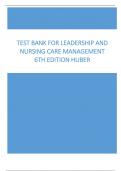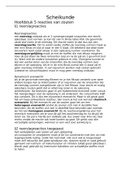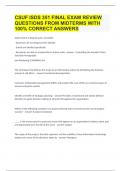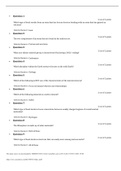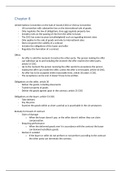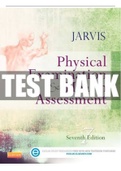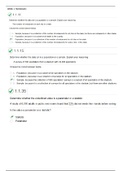Samenvatting
Retail Marketing English FULL Book Summary and Lecture notes
Hi guys, this is a summary of all the required study material (book and lectures) for the end-term of the course Retail Marketing at UvA. Includes book summary, lecture notes, important figures. It includes the following chapters: - English book version 'Retail Marketing'= 1, 2, 3, 4, 5, 6, 7, 8, 9...
[Meer zien]






